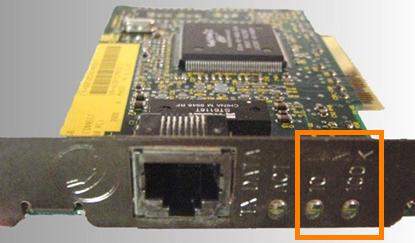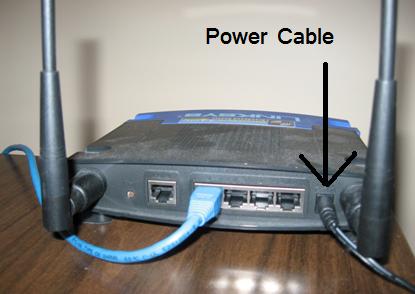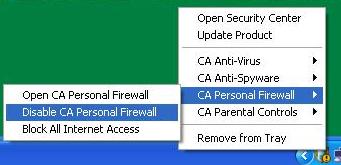Losing your connection to the Internet can be damn frustrating, especially if you use it for business purposes. If you find yourself digitally stranded, what can you do?
I worked as a technical service rep at an Internet Service Provider (ISP) for almost two years. During that time I helped thousands of (usually angry) customers reconnect to the Internet. I’ve found that the following ten steps will revive an Internet connection 99% of the time.
1. Try another website: Yeah I know it seems obvious, but a lot of people don’t think to try this. It could just be that the website you are trying to access is down for maintenance or not available due to an isolated network outage.
2. Try another computer: Try accessing the Internet from another computer in the house. If you can access the Internet from another computer, you now know that the problem lies either on the computer you were working on or somewhere from its network card to the router. Ensure that the “link” light on the network card is on. If it’s not, try re-seating the cable at both ends or replace the cable entirely.
3. Reset your router: Routers can malfunction temporarily and cause you to lose your Internet connection. Resetting the router will often fix the problem. To reset it, unplug the power cable from the back and plug it back in. Don’t worry, you won’t lose any settings, as they are stored in non-volatile memory. Give the router a minute or two to start up before you try the Internet again. If you still cannot get online, you can connect your computer directly to the modem (bypassing the router) and try again.
4. Reset your modem: Check the lights on your modem to make sure you’re online. The modems I dealt with had an “online” light that would be solid if there was a good connection. If the lights indicate that you’re offline, reset the modem by unplugging the power cable and plugging it back in. If the modem still won’t connect, remove any cable splitters between your modem and the wall outlet as they can degrade the signal. And finally, contact your ISP for assistance. They could be having a problem that affects your entire neighborhood. Or they may need to dispatch a technician to investigate the problem.
5. Set your network adapter to obtain an IP address automatically: Most ISPs assign IP addresses to their customers using DHCP. Sometimes a computer has been configured to use a static IP address, instead of obtaining one through DHCP. To learn how to change it in Windows Vista click here.
5. Disable software firewalls: A software firewall, like Norton Internet Security or ZoneAlarm, could have been configured incorrectly to block outbound traffic from your web browser. Many software firewalls will ask you to permit or deny applications as they attempt to access the Internet. A lot of novice users will accidentally deny everything, including their web browser. There should be an icon for your firewall in the system tray at the bottom right corner of the screen. Right-click on the firewall’s icon and disable it temporarily. If the Internet now works, you have to reconfigure the blocked applications settings in your firewall.
6. Check for proxies in your web browser: If you are using a computer from work or school, it may be configured to use a proxy server that won’t work from your home network.
7. Reset the network adapter: Shut down the computer and unplug the power cable from the back for about five seconds to let your network card discharge. Then, plug it back in and reboot it. If it’s a laptop, shut it down and remove the battery for five seconds before putting it back in.
8. Re-install the network adapter: Sometimes reinstalling the hardware driver for the network adapter will solve the problem. This article explains how to do it in Windows XP.
10. Reset the winsock stack: There’s a chance that “winsock”, a component of Windows necessary to get on the Internet, has been corrupted (most likely caused by spyware removal). Open the command line by clicking on Start, go to Programs, then Accessories, and select “Command Prompt”. In the black box type the following command:
- netsh winsock reset catalog
Reboot the computer and try the Internet again.
11. One Bonus Step – Start in Safe Mode with Networking: Restart the computer, press F8, and select “Safe Mode with Networking”. If you can get online in safe mode, you may have malware on your computer that’s preventing you from getting online.
There you have it, eleven steps to regain Internet connectivity. If you still cannot get online, give your ISP a call and speak with an experienced technician. But go easy on him, would ya?



